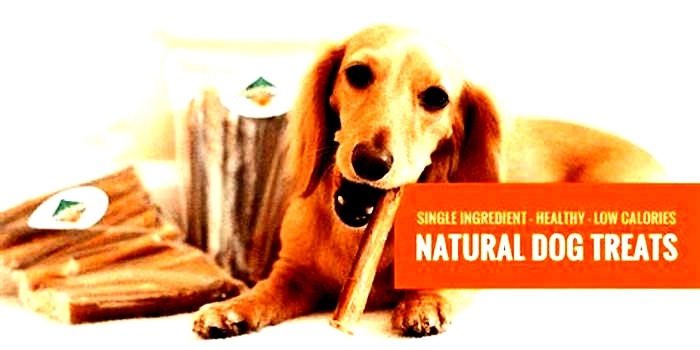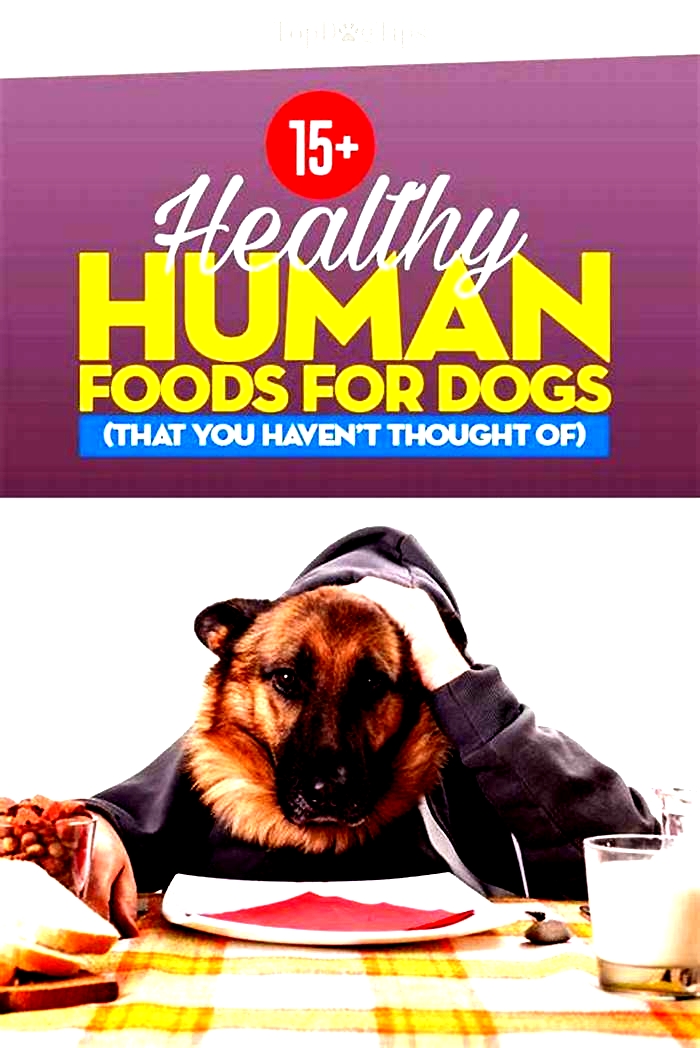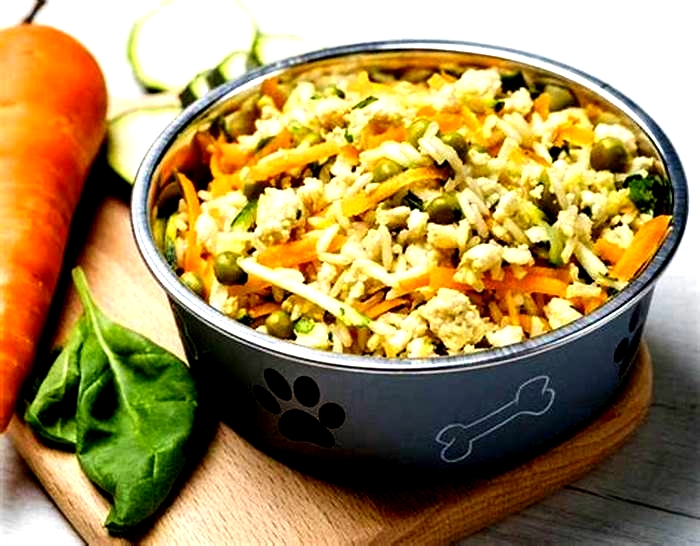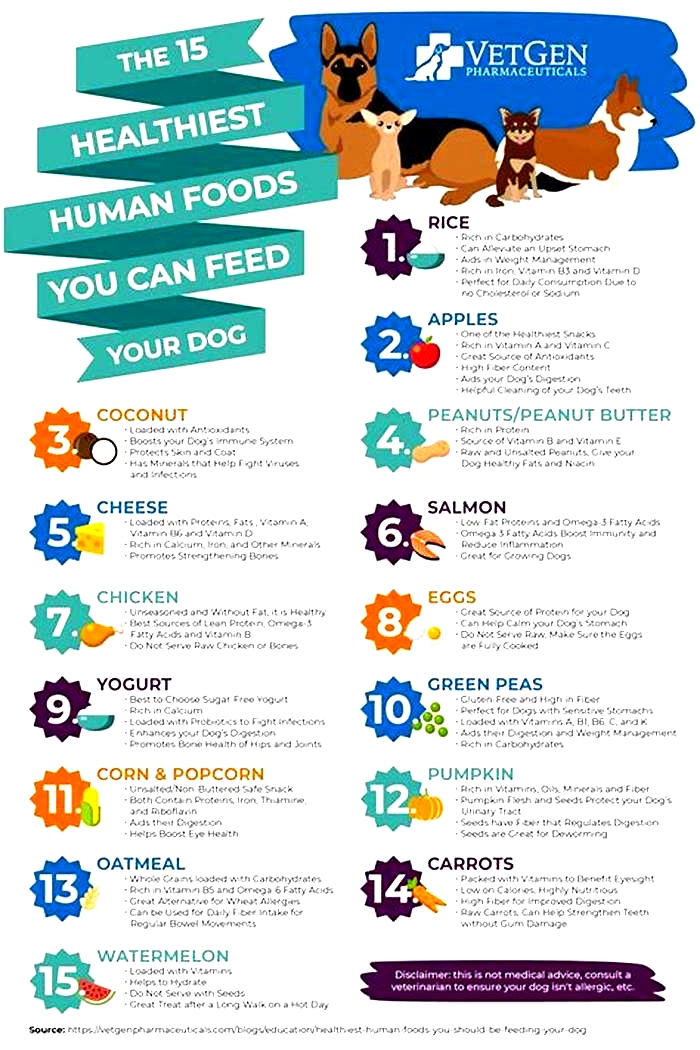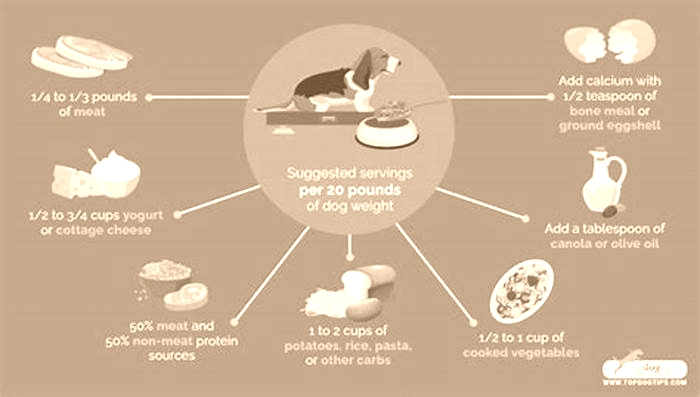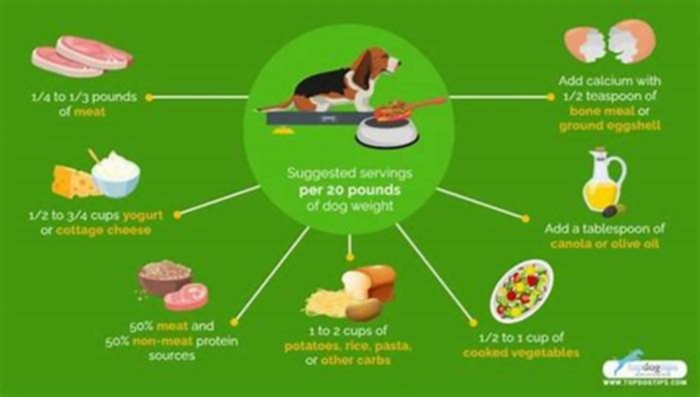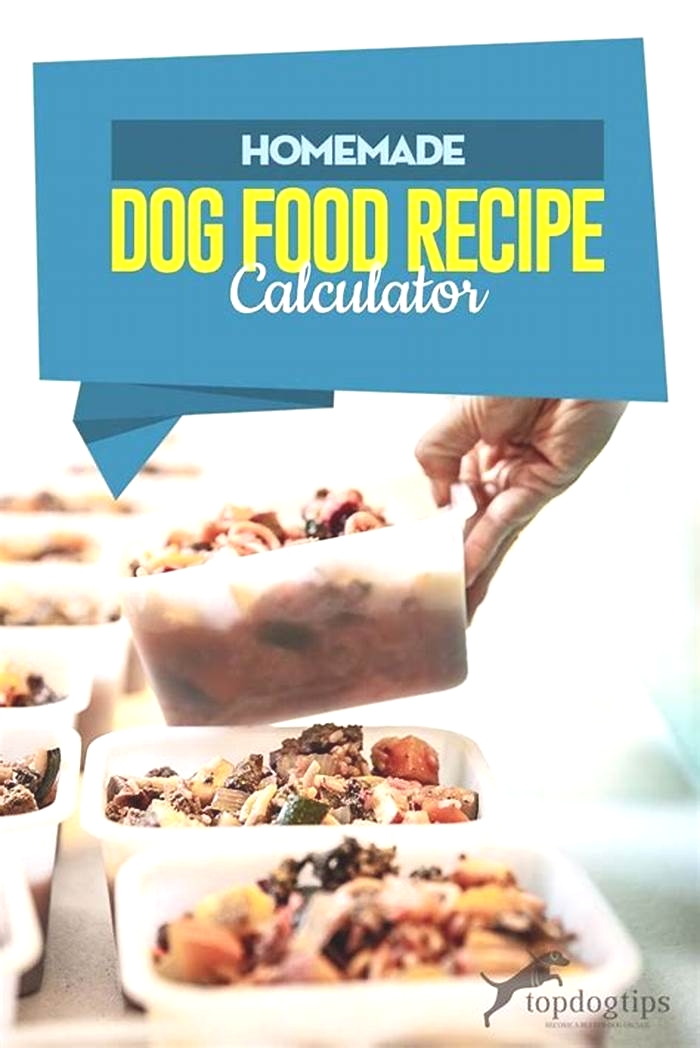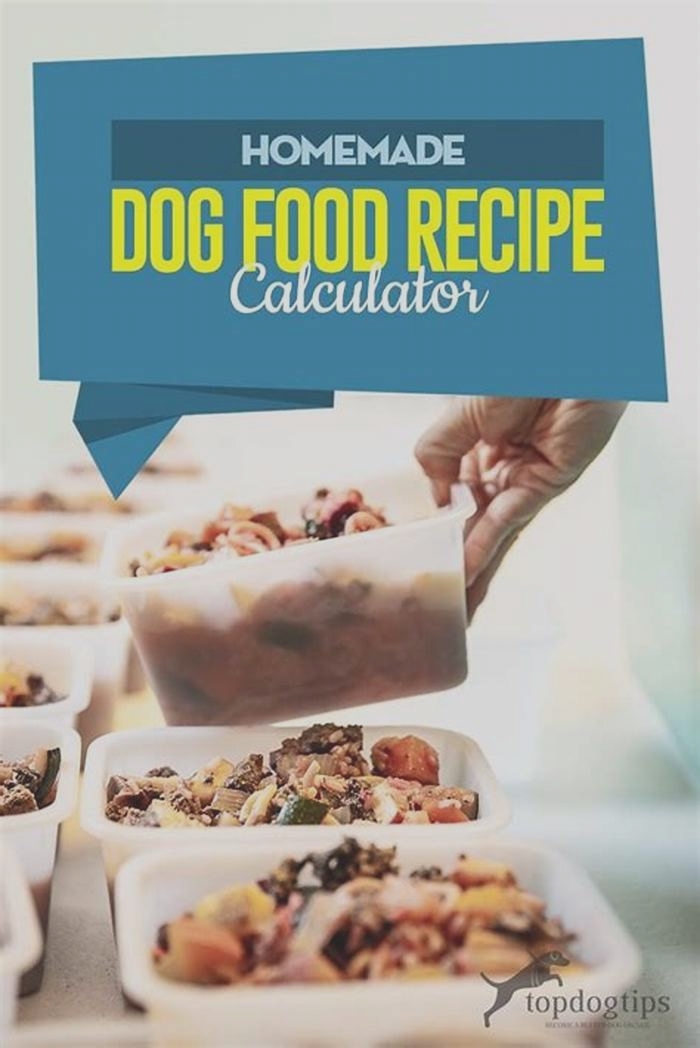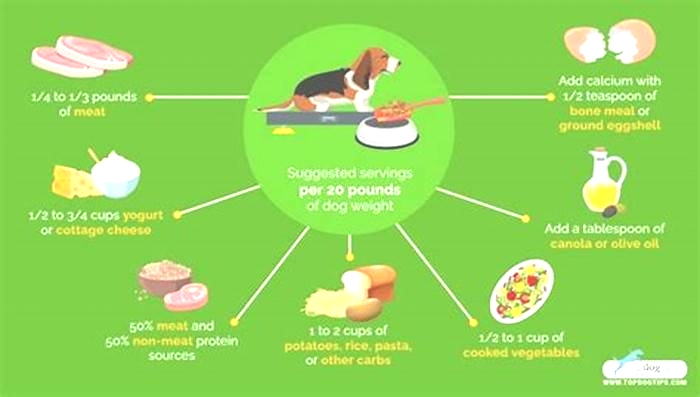homemade dog food calorie calculator
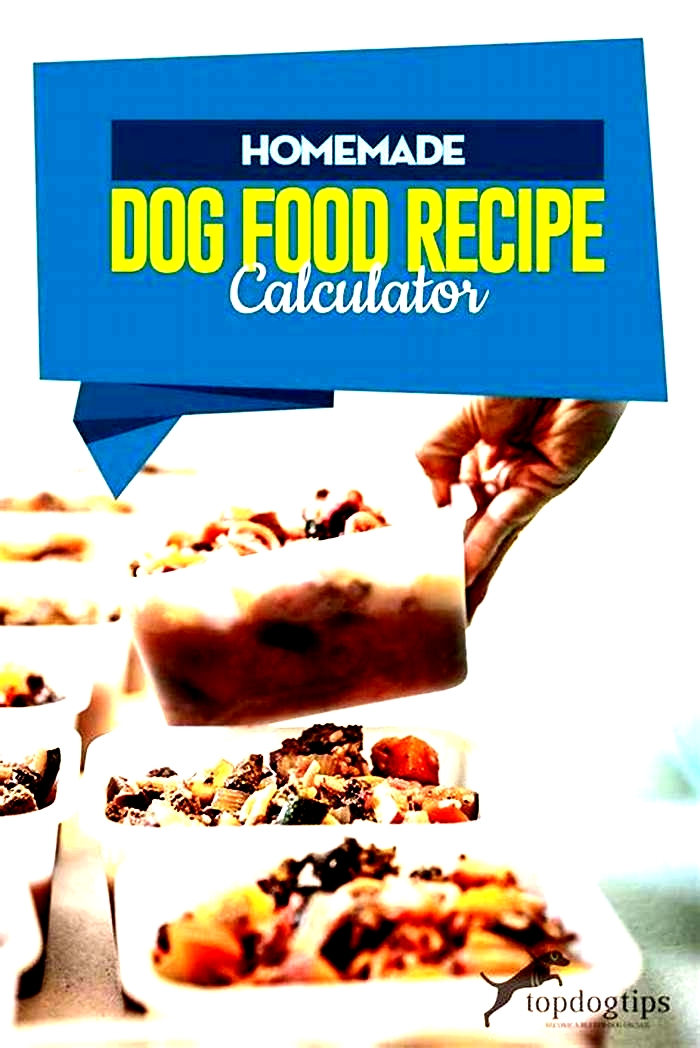
Dog Calorie Requirements Calculator
Studies have shown that feeding your dog to their ideal body condition can add years to their life. The first essential step to better feeding is to work out their calorie needs based on their size and activity level. Then you use the calorie content of their food to calculcate their ideal portion size.
Thankfully, weve done the hard work for you! Our evidence-based calculator will figure out your dogs calorie requirements and give you guidance on feeding. Remember, every animal is different and advice from your vet is essential in maintaining good health, but this page is a good place to start!
Please enable JavaScript in your browser for the calculator to function
1. Your dog's energy requirements
How much does your dog weigh?
What is their Body Condition Score?
5: IdealIf your dog is very underweight with a BCS of 1 or 2, speak to your vet to check for underlying health issues.
What's my dog's ideal weight?
Your vet will be able to advise on maintaining a healthy weight. You should always consult your vet if you're concerned about your dog's weight or diet.
A good way to start at home is to weigh your dog (stand on the scales holding them, and subtract your own weight) and then determine whether they are under or overweight using the Body Condition Score (BCS) guidelines:
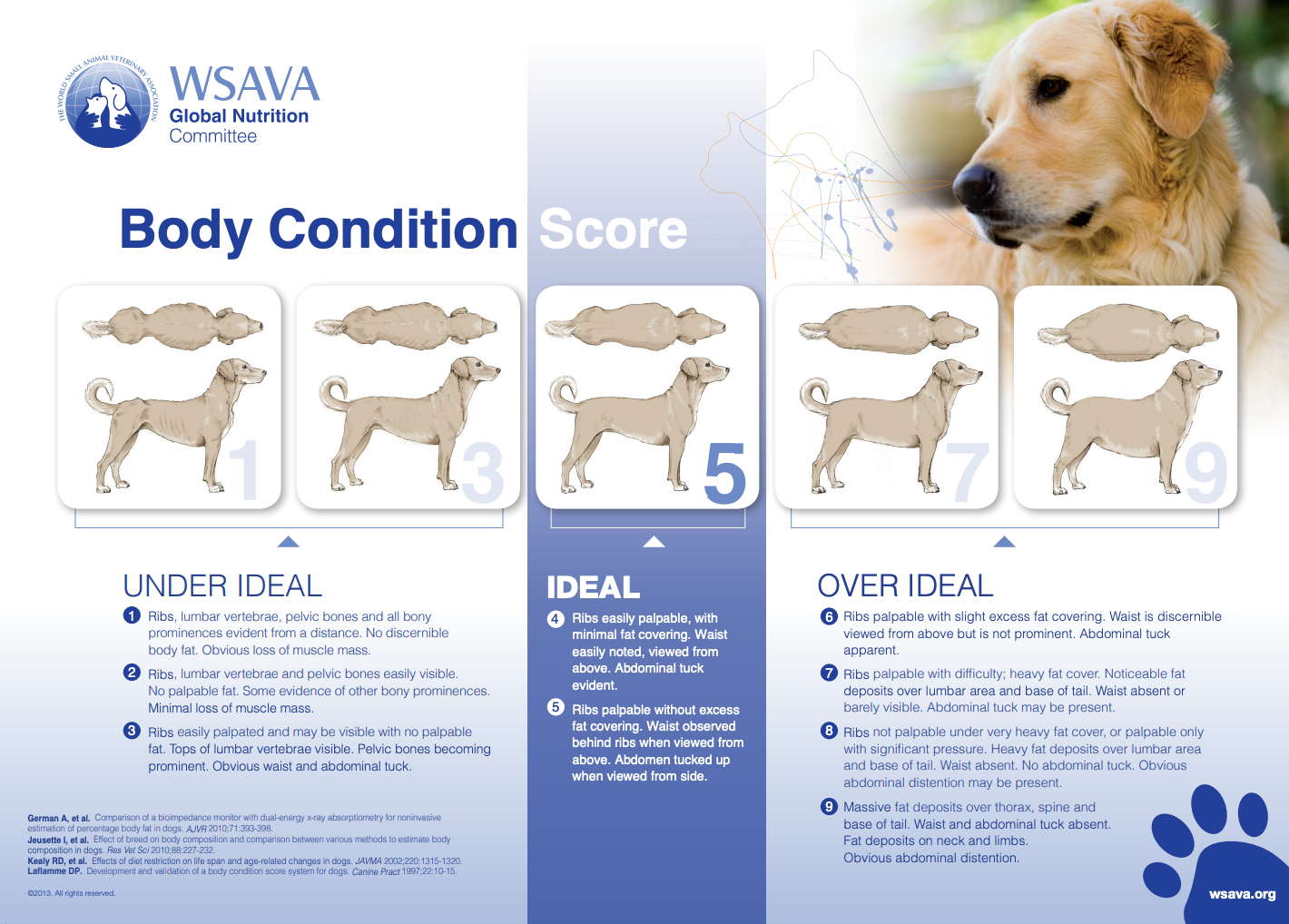
How active are they?
Tip: Most owners overestimate their dog's activity level, leading to weight gain. For most dogs, the low option is most appropriate.
Daily Energy Requirements 0 calories First, enter activity level and weight. Calories required per day from food.
2. Daily serving
Total Daily Serving First, complete previous sections. 0.0cups per day Plus a max of 0 calories of treats per day Total daily serving, with no treats
How does the dog calorie calculator work?
Our calculators - both this one, and the version for cats - use industry-standard formulas based on several landmark scientific studies. They work like this:
- First, we take your adult dogs weight, activity level, and body condition score (BCS) to estimate their daily energy requirements (DER).
- Next, we take the calorie content of your dogs food and use this to calculate an ideal total daily serving. We then adjust this based on whether or not you also serve treats.
If you dont know the calorie content of your dogs food, or are looking for a detailed nutritional breakdown so you can make like-for-like comparisons between wet and dry foods, be sure to check out our dry matter basis and calorie calculator.
Remember that guidance from your vet should always be sought if youre in doubt about your pets health. Note too that figures reported by calculators like ours are only a starting point - dogs should be fed to an ideal body condition, and a dogs needs will vary based on environment, breed, temperament, insulation, and other factors.
The science behind the calculations for Daily Energy Requirements is available in the October 2021 edition of the FEDIAF Nutritional Guidelines. Note that the figures used in our calculator are intended for adult dogs that are not pregnant or lactating. The FEDIAF guidelines are - in our experience - the best way to estimate the energy requirements of cats and dogs.
If the user selects a body condition score (BCS) of 3 or below, the Daily Energy Requirements are increased by 10%, while a BCS of 6 or above will subtract 10%. In more severe cases of malnutrition or obesity, feeding amounts may need to be adjusted more significantly.
Why is a correct portion size so important?
The facts on obesity in dogs are shocking. A study by the Association for Pet Obesity Prevention found that over 56% of dogs in the United States are overweight or obese. Many pet owners dont realize how much food their dog actually needs, and so allow them to eat as much as they like. If a dog is finishing all their food, they must still be hungry, right? This misconception is a major cause of overfeeding.
Dogs that are overweight are far more succeptable to many health ailments:
- Joint pain and arthritis: Carrying extra weight puts additional stress on the joints, making it difficult for dogs to move around comfortably.
- Respiratory problems: Obesity can make it harder for dogs to breathe, especially during physical activity, leading to shortness of breath and a decrease in stamina.
- Diabetes: Overweight dogs are at a higher risk of developing diabetes, as their bodies have a harder time processing insulin.
- High blood pressure: Obesity can lead to high blood pressure and other heart-related issues, putting a strain on the dogs cardiovascular system.
- Decrease in life expectancy: A 2018 study by Banfield Pet Hospital found that the lifespan of overweight dogs was up to 2.5 years shorter on average than those fed to a healthy weight.
Conversely, a dog that is fed too few calories may become underweight and suffer from malnutrition, and this too can lead to variety of health complications. The quality of their food is also of vital importance - dogs require an appropriate nutritional mix of macronutrients and micronutrients for healthy growth.
As pet owners, its our responsibility to ensure that our dogs are getting the right amount of the right food to maintain a healthy weight and a good quality of life. Its not just about extending their lives, but also about ensuring that the years they have are happy and healthy.
How to accurately weigh your dog
Weighing your dog regularly - and monitoring their body condition score, as described below - are great ways of ensuring their portion size is appropriate. Its possible to weigh a dog at home without specialised equipment - simply stand on your bathroom scales while holding your dog, then weight yourself separately. Subtract your own weight from the combined weight to get your dogs weight! Make sure to use a scale that can accommodate both you and your dog.
Alternatively, most veterinary clinics have specialized scales designed to weigh animals. This is a more accurate option, and gives you the opportunity to discuss your dogs weight with a professional.
Its important to remember that your dogs weight will change over time, especially during the rapid growth of their puppy years, and as they age and their activity level declines. By weighing regularly and adjusting their portion size accordingly, you can help to avoid unnecessary weight gain. Also, keep in mind that a dogs weight may fluctuate due to factors such as water retention, so its better to weigh them at the same time of the day and under similar conditions.
How can I tell if my dog is overweight?
The Body Condition Score (BCS) is a numerical rating system that ranges from 1 to 9, and which is used to evalulate whether a dog is underweight, a normal weight, or overweight. A BCS of 4 or 5 is considered ideal. Assessing your dogs BCS involves visually inspecting their body and running your hands around their ribs and waist to determine which of the 9 levels they fall into:
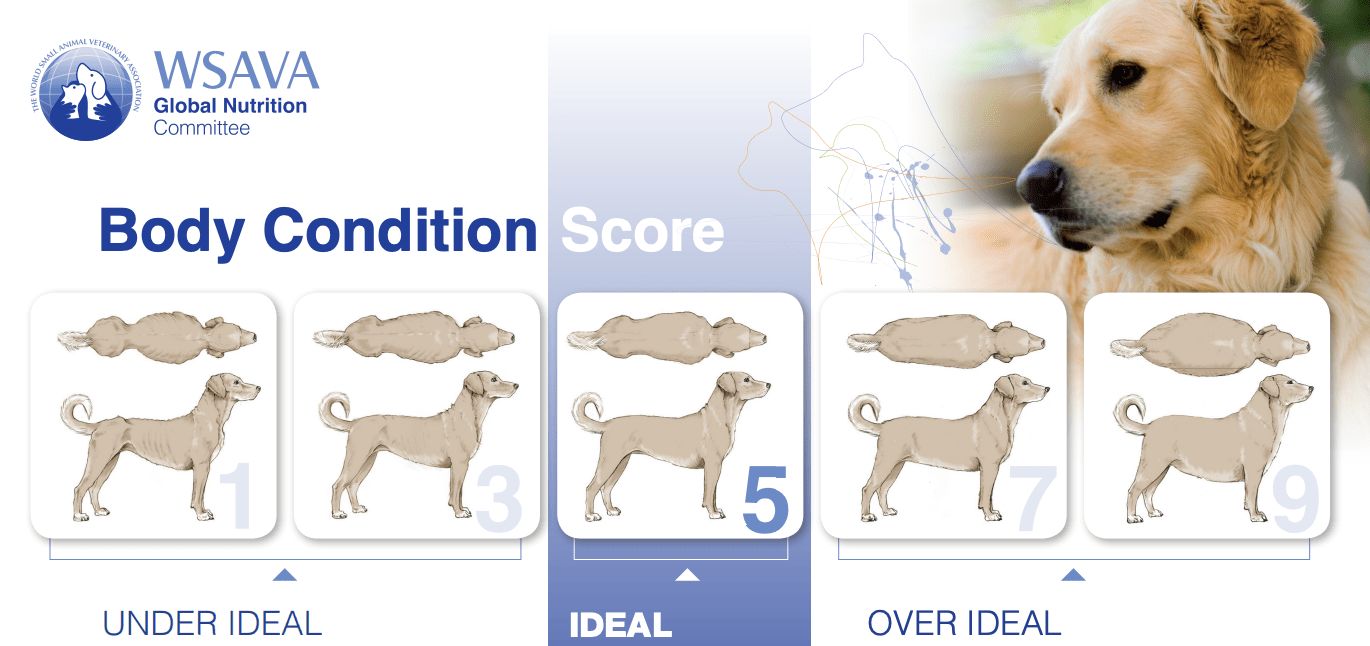
- Emaciated - Bones protrude prominently and there is little to no muscle or fat covering them.
- Very Underweight - Bones are still easily visible with very little fat cover. A clear waist when viewed from above, and their tummy tucks behind the ribs when viewed from the side.
- Slightly Underweight - Ribs can be felt easily and may be visible, along with the pelvic bones. The very top of the spine is visible.
- Ideal - Bones are not visible, but ribs are easily felt. There is a visible waist and the dog appears thin overall.
- Ideal - Bones are not visible, but can be felt with slight pressure. Waist can be seen behind ribs from above, and the tummy tuck visible from side.
- Slightly Overweight - Bones can still be felt, but there is a layer of fat covering them. A waist is visible from above but may be obscured by the fat.
- Overweight - Bones are difficult to feel due to a thick layer of fat. Fat is noticeable over the base of the tail, and a waist is barely visible.
- Obese - Ribs cannot be felt due to a very heavy covering of fat. Neither waist nor tummy tuck are visible. Belly area may be noticably rounded.
- Grossly Obese - Huge amounts of fat around the dogs chest, back, and base of the tail. Abdomen large and noticeably round.
Its important to note that some breeds have a unique body shape and muscle mass that may make BCS less accurate, so consulting with a veterinarian is always recommended.
How Active is My Dog?
An accurate assessment of your dogs activity level is vital for this calculator to give you good results! Working dogs such as sheepdogs or arctic sled dogs have vastly different calorie requirements to house dogs, even those who go on multiple walks a day. Youll need to pick one of the following categories:
- Low: Dogs that spend most of their time indoors and have less than 1 hour of low impact physical activity per day, such as walking on a lead. Most dogs fall into this category.
- Moderate, low impact: Dogs that have between 1 and 3 hours of low impact activity per day, such as walks in the park or playing with toys indoors.
- Moderate, high impact: Dogs that have between 1 and 3 hours of high impact activity per day, such as unleashed running or agility training.
- High: Dogs that have between 3 and 6 hours of intense activity per day - this includes working dogs, hunting dogs or those that participate in intense sports.
- Very High in Extreme Conditions: Dogs that work in extreme conditions, such as arctic sled dogs and who require an enormous amount of food.
Be aware that most owners vastly overestimate their dogs activity level, which can lead to weight gain. For most dogs kept at home, the lowest option is most appropriate.
Its important to note that activity level is not only related to the amount of time the dog spends outside, but also the type of activity, its intensity, and its duration. Some breeds also have a naturally higher level of energy than others. Consult with a veterinarian if youre in doubt as to whether your pet is getting enough exercise.
Calculating the Calorie Content of a Specific Food
To ensure your dogs calorie intake is appropriate, you need to know the calorie content of their food. Most commercial dog foods will list the calorie content on the packaging (often shown as kcal), in which case, you can work out a portion size yourself based on your dogs daily energy requirements. For example, if your dog needs 600 calories per day and their food contains 100 calories per ounce, theyll need a total 6oz of food per day. Thats assuming you dont give them any treats, which definitely do count towards that total!
If the exact calorie content isnt available for whatever reason, you can estimate it using data about the foods nutritional composition. This is typically shown on the packaging as the Guaranteed Analysis - youll want to look out for the following percentages:
| Crude Protein | A crucial nutrient that helps dogs grow strong muscles and maintain a healthy immune system - it is measured by analysing how much nitrogen is present in the food. |
| Crude Fat | A source of energy and essential fatty acids that are needed for a healthy coat and skin, the crude fat content is measured using an ether solvent. |
| Crude Fiber | Indigestable plant matter that helps support gut health and encourage regular bowel movements. |
| Crude Ash | The mineral content of your pets food, so called because if you burned your dogs food, this inorganic matter is what would be left behind as ash. |
| Moisture | The amount of water present in the food. |
Using this information, our calculator will first estimate the nutritional value of the food on a dry matter basis. From this, we can extrapolate the metabolisable energy (ME) of the food, meaning the number of calories your dog will be able to absorb from the food.
Its also important to note that while calorie count is important, its not the only factor to consider when choosing a food for your dog. The quality of the ingredients, the source of protein and fat are also important. If you are unsure about the quality of the food, consult with a veterinarian or a professional in animal nutrition.
Fun Ideas to Help Sedentary Dogs Lose Weight
You might think your chubby pooch is loveable just the way he is, but the reality is that overweight dogs are at higher risk of many health complications and diseases.
Dogs gain weight in the same way we do: when they take in more calories from food than they burn through exercise. If youve already adjusted their diet and cut out the treats, the next step is to get them moving. This can be challenging when your dog is used to a sedentary lifestyle. But rather than just going on walks, there are many ways you can make this more fun for the both of you, and burn more calories while youre at it:
- Hiking: Take your dog on a hike in the woods or on a nature trail. Look up some dog-friendly local hiking trails, and enjoy a walk in a beautiful setting!
- Canine sports: Try your hand at canine sports such as flyball, agility, or even dock diving. These activities provide a fun and challenging way for your dog to burn calories and improve their fitness.
- Bubbles - Lots of dogs are fascinated by soap bubbles, and will happily jump and chase them - this can be a good one for when the weather isnt ideal.
- Tug-of-war: Another one which can be enjoyed indoors! Play tug-of-war with your dog using a rope or a toy designed for this game.
- Fetch with a twist: Instead of just throwing a ball for your dog to fetch, try playing fetch with a frisbee or a kong. You can even try putting some aniseed (or dognip!) inside one of their toys, to really excite them!
If your dog is out of shape and hasnt exercised in a while, pay very close attention to how your dog looks and behaves, particularly if youre outdoors. Dogs of all sizes and breeds can overheat, so be aware of this on hot days - time your walks for earlier in the morning or late in the evening. If theyre panting excessively, slow down and let them rest in a cool shaded spot for some relief.
Remember, its important to consult with your vet before starting any new physical activities with your dog to ensure they are healthy enough to participate and not to overdo it. Also, its important to increase the intensity and duration of the activities gradually to prevent any injuries.

